Trending
Opinion: How will Project 2025 impact game developers?
The Heritage Foundation's manifesto for the possible next administration could do great harm to many, including large portions of the game development community.
What seemed like just a technical challenge turned into a journey that included design, production, marketing and all the other aspects of the industry that make a good idea become a finished and published project.
November 27, 2024
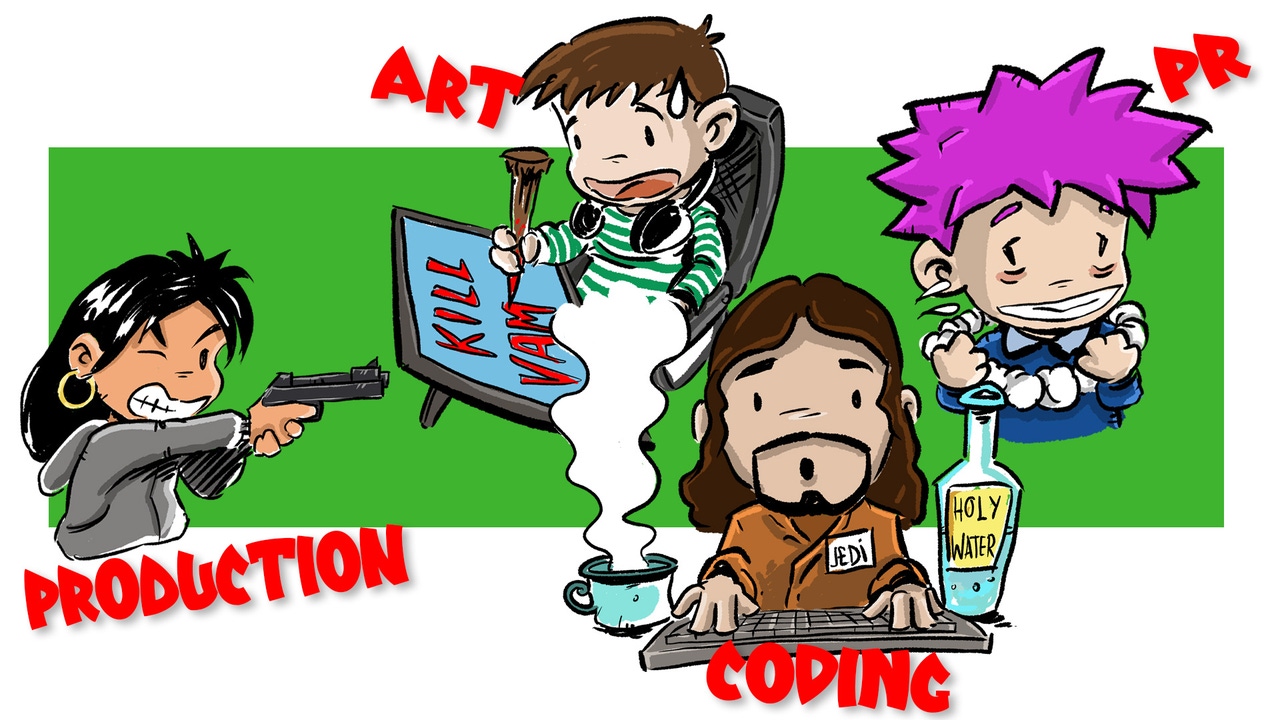
When we started the last year of our masters in videogame development, we already knew that the challenge ahead was a big one: creating a complete videogame and publishing it on Steam as the final project. However, what seemed like just a challenge on a technical level at first sight, turned out to be a journey that included design, production, marketing and all the other aspects of the industry that make a good idea become a finished and published project. There are lessons that you only learn when you take the leap.
We want to share the lessons we learned, talk about what worked, and also about the things we could have done better, so that if you are also facing this challenge, you have the best perspective and avoid common mistakes in this area so unknown for many.
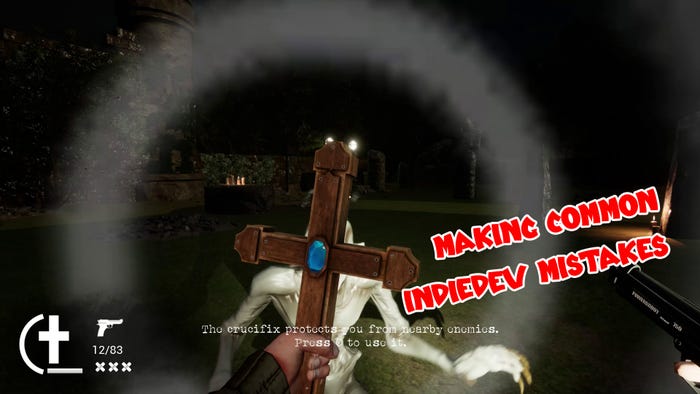
One of the most important learning experiences when we started out was to understand our own limitations and the real resources we had. At the beginning, everyone wanted to develop something big, innovative, open worlds… but we also knew that we had a limited amount of time and a small team. So the first challenge was to define an idea that was exciting, but doable. This meant carefully adjusting the scope: there was no place for features that we would not be able to polish on time. We learnt that a well executed project, even if it is humble in its ambition, will always be better than one that tries to do a lot of things with no quality or polish.
In the case of Everdark, we decided to do a first person shooter with survival horror elements, inspired by horror and B-movies from the ‘80s. This idea allowed us to focus our creativity in a compact but well thought out project. If you are in front of the challenge of creating a first game, do not underestimate the importance of limiting your scope so time is on your side and you can achieve your goals in terms of quality.
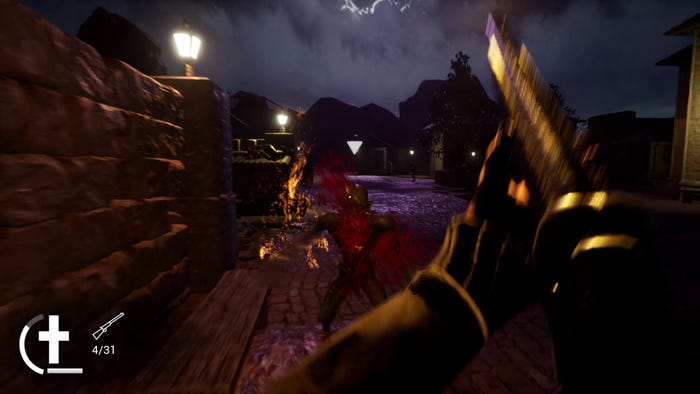
In such a short development, it was crucial that each member had a well defined role, no matter if it was in modelling, level design, programming or marketing. The key was to give ourselves specific roles and responsibilities from the get-go. This helped us avoid ambiguity and allowed each of us to know what to focus on at every moment. If you’re working with a small team, it is essential to assign clear tasks and use management tools that keep the workflow structured. For example, Trello, creating a Discord server or using Notion are excellent options. (Spoiler: these are the tools used by studios and it is very useful to have worked with them previously).
You know very well the skill set of each person in the group, so it’s fundamental to understand your strengths and assign roles that make the most out of those skills.
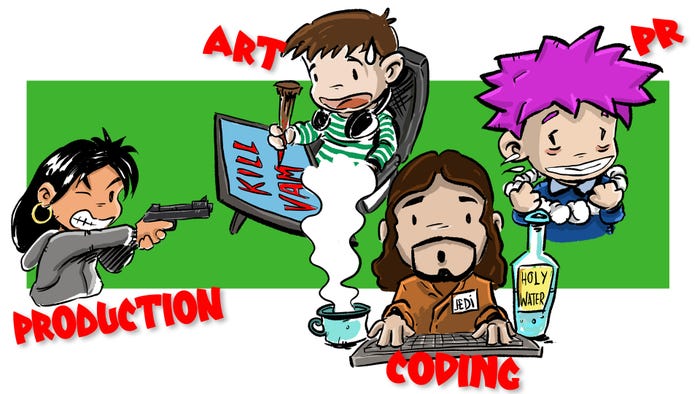
Defining a production plan is crucial to make an efficient use of time and resources. In the initial stages of planning, identify the different stages of the development and establish realistic milestones. This plan will help you have a clear roadmap, but keep in mind that in videogame development, you have to be ready to adapt to anything. The best you can do is assess everything weekly, so in case there are any problems, you have room to deal with them.
If you’re developing your first game, establish achievable goals, make a list of priorities and review the production plan constantly. Accept that not everything will go according to plan, and that it will be necessary to adjust priorities according to unexpected events.
Publishing the game on Steam can look like an odyssey… and it is. However, Steam offers many tutorials through SteamWorks, and if you follow them step by step, you shouldn’t have any problems. Speaking from experience, we recommend you read the tutorials ahead of time and with a lot of attention so that your Steam page going public, the release of your Demo, or any other action you take on the platform does not suffer from any delays.
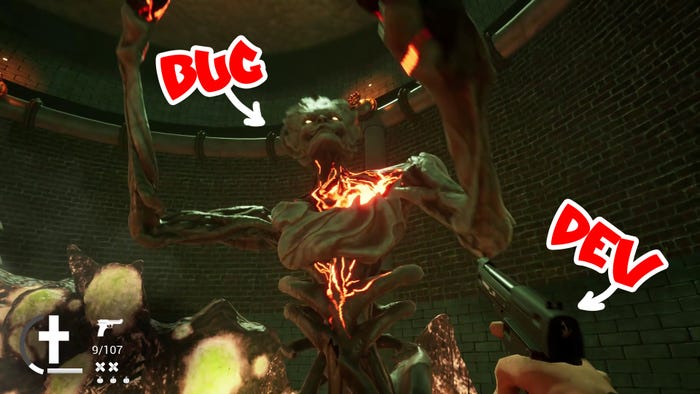
Do you think your project has great quality and you want to show it off? From this moment onwards, everything you do is marketing. The way you present your game, no matter if it is through its pictures on Steam, the GIFs on social media or showcasing it at an event, will define how users perceive you.
Social media is not an “all or nothing” thing; you have to choose them carefully. If you feel particularly comfortable on a specific platform, start there. You can also explore other platforms to find out where your content can get the most attention. These platforms are windows that allow the press and potential content creators to learn about your game. Before you start contacting them or making posts, think about who your players will be: their age, their tastes… All of this will be key to prepare adequate messages, to determine who you address with your communication and to decide where to post all that content.
Another point that we cannot ignore is to start contacting content creators and the press. Using our project Everdark as an example, we are currently investigating blogs, YouTube channels and Twitch profiles that talk about horror games. Especially if they are attracted to ‘80s aesthetics or horror B-movies, which are the most obvious inspirations of our game.
Do you have your contact list ready? Now it is time to focus on what we will send them. In these cases, the best thing is to have a Press Kit ready. If you visit many websites from different studios, you will find a Press Kit in it, where you have to add a short description of the game, pictures, videos, YouTube links, etc. that showcase your game in the best possible light. We also recommend adding the history behind the project and the team. It is like a presentation letter, so everything people need to know about the game has to be there.
Once you send out the e-mails, you have to follow up on them. You have to always be nice, especially if you get a reply. Persistence, as long as it is done with respect and you keep it professional, can make a difference. When you approach anyone interested in the game, you have to show you are being genuine and convey the passion you have for the project. It is not just about generating interest for the game, but also about establishing connections that can be useful now or in the future.
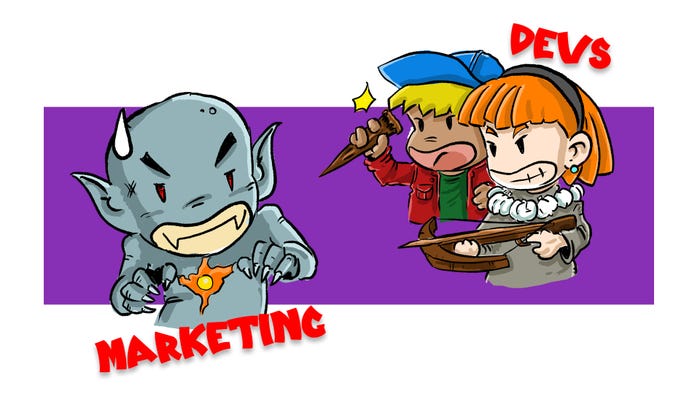
Now that our game, Everdark, has a brand new Steam page and we will start communicating it to the media and streamers, and building a community on social media, we look back and realize how valuable it has been to face all of these challenges before finishing our studies, so we know about the reality of developing videogames and publishing them before we face the brutal market as an independent development studio, unlike other people who finish their degree without having had a real and complete experience. Not only that, but now is when possibly the hardest part starts, we have to make our game known and attract the interest of players and professionals. And we have decided to make this article for GameDeveloper the starting point as part of the experience.
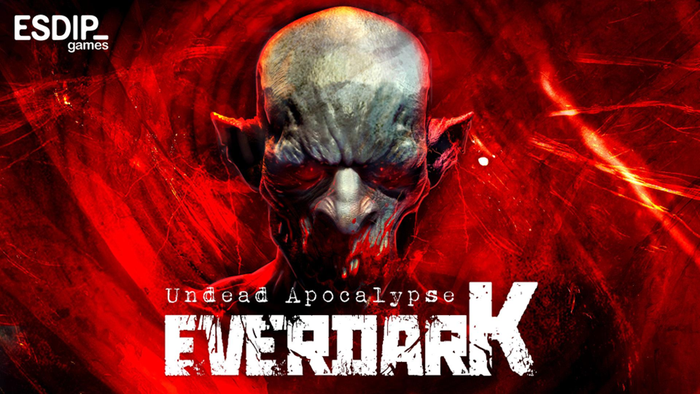
For everyone who is starting out, do not forget that developing is only a part of the process. Each challenge and learning experience that comes up along the way will make the game’s quality improve. We hope this information will be useful and that you will be able to see your own games very soon on Steam or any other platform of your choice. Good luck and keep going forward!
You May Also Like